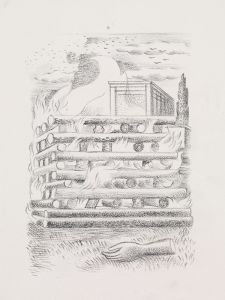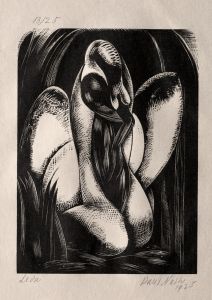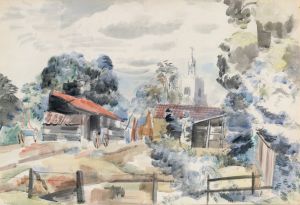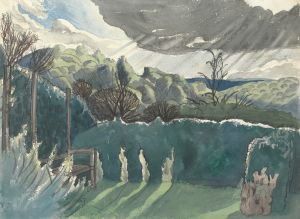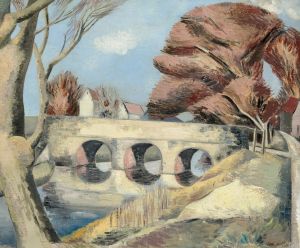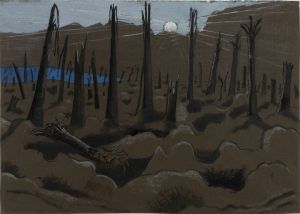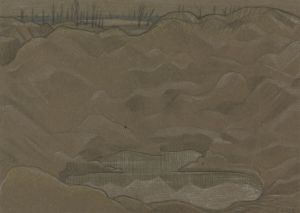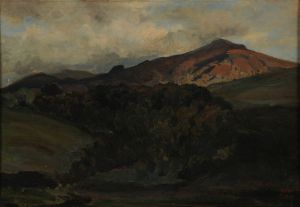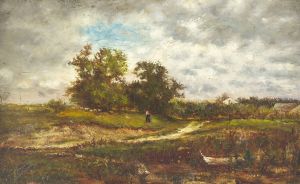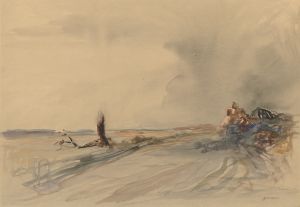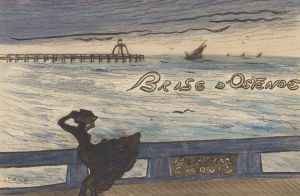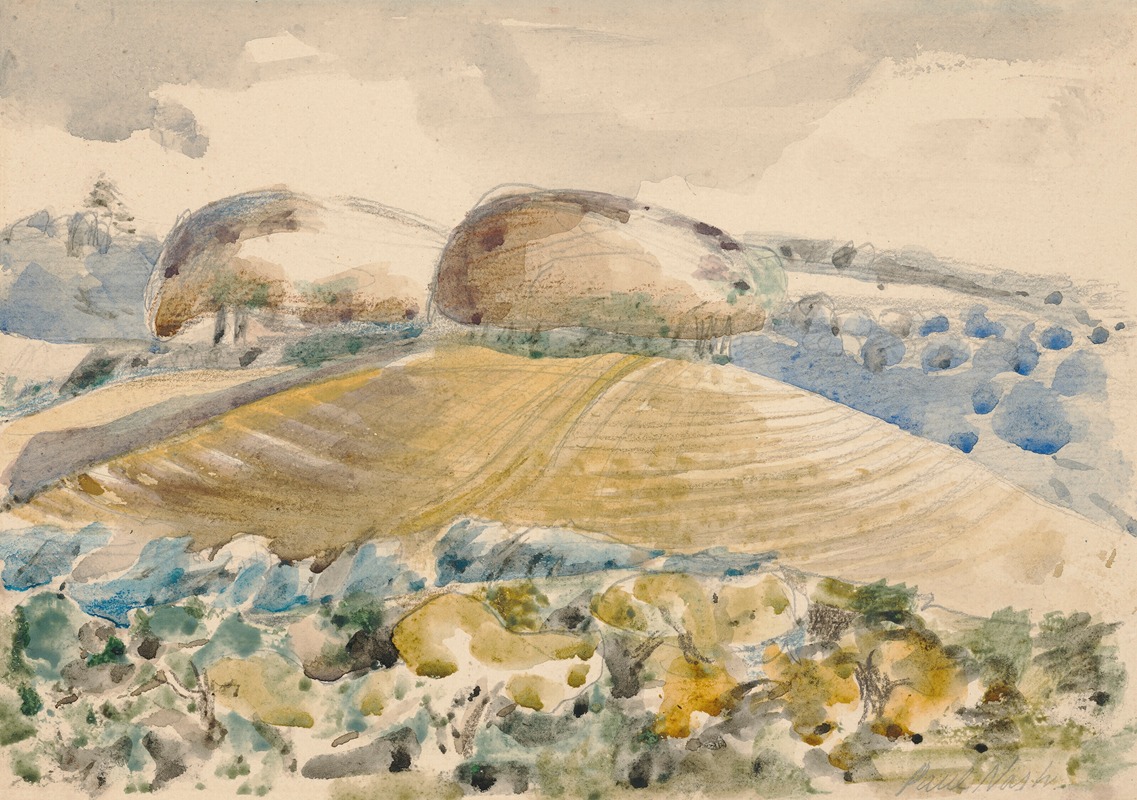
Landscape of the Wittenham Clumps
A hand-painted replica of Paul Nash’s masterpiece Landscape of the Wittenham Clumps, meticulously crafted by professional artists to capture the true essence of the original. Each piece is created with museum-quality canvas and rare mineral pigments, carefully painted by experienced artists with delicate brushstrokes and rich, layered colors to perfectly recreate the texture of the original artwork. Unlike machine-printed reproductions, this hand-painted version brings the painting to life, infused with the artist’s emotions and skill in every stroke. Whether for personal collection or home decoration, it instantly elevates the artistic atmosphere of any space.
Paul Nash's "Landscape of the Wittenham Clumps" is a notable work by the British modernist painter, Paul Nash (1889–1946). Nash is widely recognized as one of the most important landscape artists of the 20th century in Britain, and his works often reflect a deep connection with the English countryside, infused with a sense of mystery and symbolism. The Wittenham Clumps, a pair of wooded hills in Oxfordshire, were a recurring subject in Nash's art and held personal significance for the artist.
The Wittenham Clumps, also known as the Sinodun Hills, are among the oldest known planted hilltop beeches in England and have been a prominent feature of the local landscape for centuries. Nash first encountered the Clumps as a young boy and developed a lifelong fascination with them. He described the area as his "beloved place" and often referred to it as a source of inspiration. The hills and their surroundings became a central motif in his exploration of the relationship between nature, memory, and imagination.
"Landscape of the Wittenham Clumps" exemplifies Nash's distinctive style, which blends elements of realism and abstraction. The painting captures the rolling hills, the iconic clusters of trees, and the surrounding countryside, rendered with a sense of rhythm and structure that reflects Nash's modernist sensibilities. His use of color, form, and composition conveys an emotional and almost spiritual connection to the landscape, elevating it beyond a mere depiction of a physical location.
Nash's interest in the Wittenham Clumps was not limited to their visual appeal; he was also drawn to their historical and mythological associations. The area is rich in archaeological significance, with evidence of ancient settlements and burial mounds. These layers of history resonated with Nash's broader artistic themes, which often explored the interplay between past and present, the natural and the supernatural.
While the exact date of "Landscape of the Wittenham Clumps" is not always specified, Nash's works featuring the Clumps span various periods of his career, including the 1910s and 1930s. His artistic approach evolved over time, but his connection to this landscape remained a constant thread throughout his life.
Today, Paul Nash's depictions of the Wittenham Clumps are celebrated as iconic representations of the English landscape, reflecting both his personal vision and the broader cultural significance of the area. The painting, along with others in Nash's oeuvre, continues to be studied and appreciated for its contribution to modern British art.





